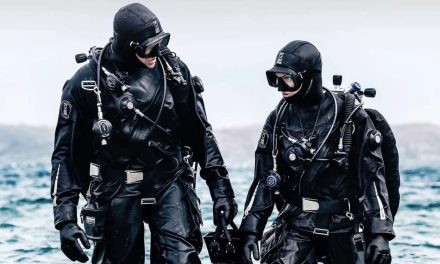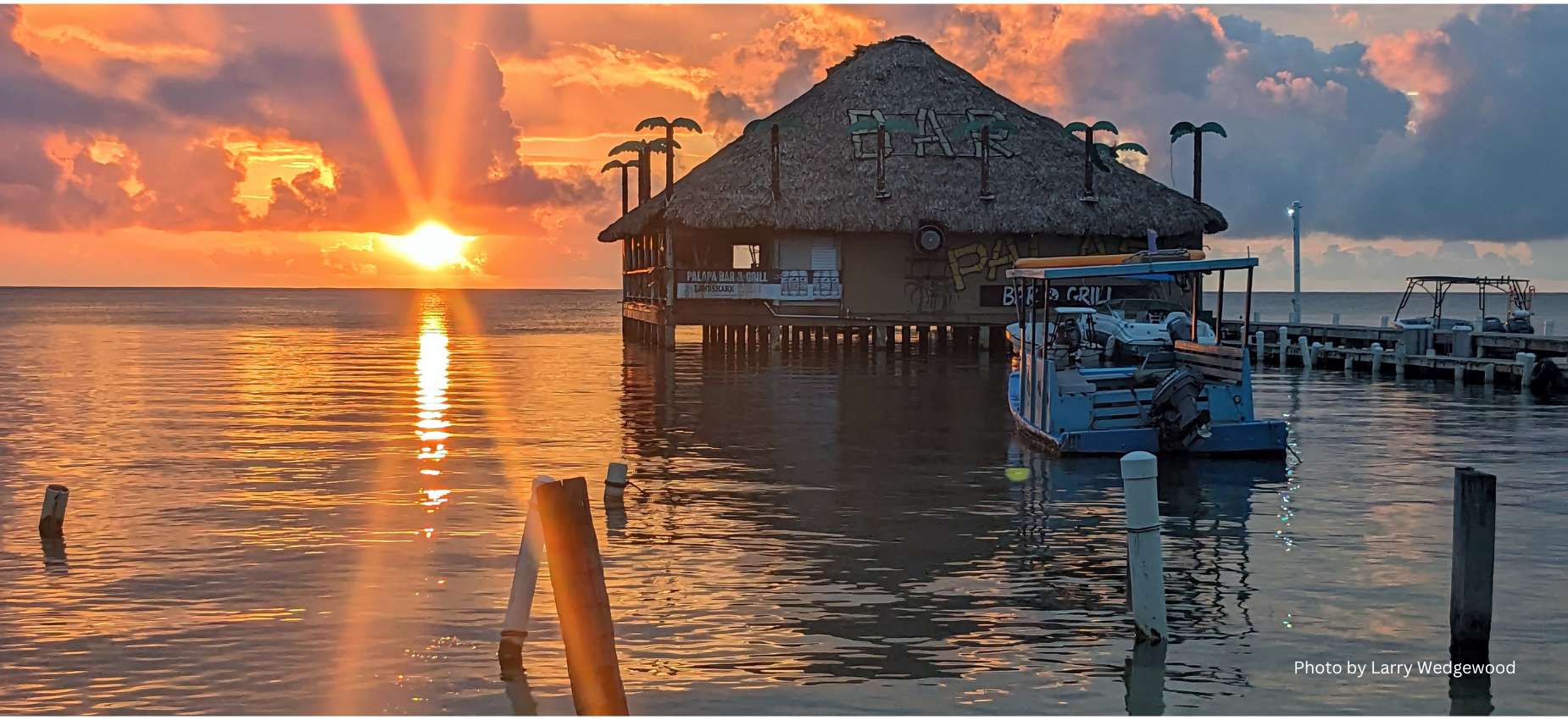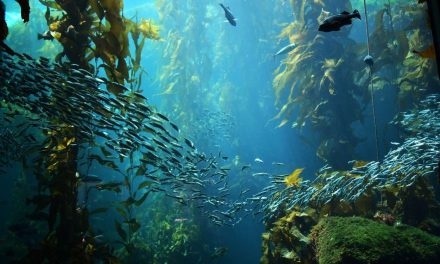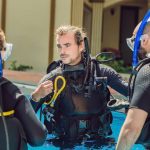A little History of Scuba Diving on Vancouver Island, BC
Scuba Diving on Vancouver Island
Vancouver Island, nestled off the southwest coast of British Columbia, is a cold-water diver’s paradise, renowned not just for its rugged coastal scenery but also for its incredibly diverse and vibrant marine ecosystems. With nutrient-rich currents from the Pacific feeding its underwater world, the Island has earned a well-deserved reputation as one of the top cold-water dive destinations in the world.
Scuba diving here has a deep-rooted history, shaped by decades of exploration, marine research, and a passionate dive community that helped pioneer and chart many of the now-iconic sites. From historic shipwrecks and artificial reefs to kelp forests and dramatic drop-offs teeming with life, the waters around Vancouver Island offer something for every level of diver. Whether you’re descending the walls of Browning Pass, poking around the HMCS Saskatchewan, or gliding through the plumose anemones at Madrona Point, you’re part of a legacy of ocean lovers who’ve been discovering and protecting these waters for generations.
Today, Vancouver Island continues to draw scuba enthusiasts from around the globe—thanks to its world-class diving conditions, thriving marine biodiversity, and strong network of dive shops and local experts. It’s not just a place to dive—it’s a place to connect with the wild pulse of the Pacific Northwest.
The Current State of Scuba Diving and the Industry

Today, the scuba diving industry on Vancouver Island is steadily bouncing back from the challenges of the COVID years. While some businesses faced tough times, the community’s resilience and passion for the ocean have helped keep the momentum alive. The Island is home to a solid lineup of dive shops, clubs, charter boats, and instructors offering training, gear, and guided dives for every level—from curious beginners to seasoned tech divers.
In recent years, the industry has seen a welcome surge in eco-tourism, with many operators placing a strong focus on sustainability and marine conservation. Dive charters are emphasizing low-impact practices, local guides are educating divers on ocean stewardship, and cleanup dives are more popular than ever. This shift is more than a trend—it’s a vital movement to protect the Island’s rich marine life and ensure that future generations can experience the same awe-inspiring underwater encounters.
Despite all this, Vancouver Island remains one of the world’s best-kept diving secrets. It flies under the radar for many international divers—but those who do discover it, especially the wild and incredible north end, know they’ve stumbled onto something truly special. With less traffic and more raw beauty, it’s a diver’s dream waiting to be explored.
The Early Beginnings of Scuba Diving on Vancouver Island
The roots of scuba diving on Vancouver Island stretch back to the early 20th century, long before recreational diving took hold. In the 1940s and 1950s, diving was primarily a commercial endeavor. Divers, often outfitted in heavy canvas suits with brass helmets—earning them the nickname “hard hat divers”—braved the cold Pacific waters to harvest sea urchins, abalone, and other valuable marine resources.
These pioneers worked with primitive equipment by today’s standards and faced significant risks: limited visibility, strong currents, and the constant dangers of entanglement, decompression sickness, and equipment failure. Yet, they laid the foundation for a diving culture rooted in resilience, skill, and a profound connection to the sea.
As technology advanced, scuba training and scuba became more accessible, a new generation of explorers emerged in the 1960s and beyond—this time diving for curiosity, research, and recreation rather than solely for livelihood. Their passion helped turn Vancouver Island into the world-class cold-water diving destination it is today.
The Advent of Recreational Scuba Diving
The 1960s and 1970s marked a turning point in the evolution of scuba diving on Vancouver Island, as the sport transitioned from a utilitarian practice into a popular recreational pursuit. Innovations in dive technology—especially the widespread adoption of the self-contained underwater breathing apparatus (SCUBA)—made diving more accessible, affordable, and safer for enthusiasts. Suddenly, the mysteries beneath the waves weren’t just for commercial divers—they were open to anyone with a tank and a sense of adventure.
Drawn by the Island’s remarkably clear waters, rich biodiversity, and dramatic underwater landscapes, recreational divers began exploring in greater numbers. Rocky reefs, towering kelp forests, and historic shipwrecks quickly established Vancouver Island as a must-dive destination within Canada—and increasingly, on the global map.
A major force in this era of discovery was the Underwater Archaeological Society of British Columbia (UASBC), founded in 1975. The UASBC played a pioneering role in promoting underwater exploration, education, and conservation. Their members were instrumental in locating and documenting dozens of historic shipwrecks and submerged cultural sites around the Island. In doing so, they not only preserved maritime heritage but also helped inspire a generation of divers to look beneath the surface with a deeper sense of curiosity and stewardship.
Scuba Technological Advancements

Scuba diving on Vancouver Island has evolved hand-in-hand with the gear that makes it possible. Today’s dive technology has not only made cold-water diving safer and more comfortable but has also unlocked more of the underwater world than early divers could’ve imagined.
One of the earliest breakthroughs was in regulators—the devices that deliver air from your tank to your lungs. Modern regulators are more efficient, reliable, and designed to perform in cold water, which is essential when diving the Island’s often chilly depths.
Next came dive tables, a crucial tool that taught divers how to plan dives and avoid decompression sickness. While tables are still taught as a foundation, most divers today rely on dive computers, which track depth, time, ascent rate, and no-decompression limits in real time. This shift has made dive planning more precise and dive safety significantly better.
Dry suits have also seen major evolution. Early drysuits were bulky, stiff, and often leaky. Today’s suits are lightweight, flexible, and made from high-performance materials like crushed neoprene and trilaminate. Add in features like integrated boots, better seals, and undergarment layering systems, and divers can now stay warm and dry in even the coldest waters Vancouver Island throws at them, all year long, not to mention all the other cold water areas in the world.

photo credit: RexxS – Own work
Buoyancy Control Devices (BCDs) have gone from basic inflatables to advanced systems offering custom fit, weight integration, and trim control—allowing for better streamlining and buoyancy management, especially important when navigating the Island’s kelp forests and wall dives.
Even wireless air integration and underwater communication systems are now part of the picture. Divers can monitor tank pressure through their computer, hands-free, or even talk to their buddies mid-dive using full-face masks with built-in comms—perfect for instructors, search and rescue divers, or tech diving teams.
Finally, underwater imaging has completely transformed how we share our dive adventures. Compact yet powerful still and video cameras like the GoPro and Olympus TG-series allow divers to capture everything from playful sea lions to the eerie beauty of deep wrecks. Add video lights, red filters, and stabilization gear, and even the green Pacific becomes a vibrant visual experience.
All these technological advancements have made diving Vancouver Island not only safer and more accessible, but also more immersive, personalized, and shareable than ever before.
Prominent Figures in Vancouver Island’s Diving History
Several individuals have significantly shaped the scuba diving scene on Vancouver Island:
- Frank White Sr.: Founder of Frank White’s Dive Store in Victoria in 1956, Frank White Sr. was a pioneer in the diving industry. He established the first wetsuit manufacturing company in Canada and the first drysuit manufacturing company in North America[1][2].
- Frank White Jr.: Continuing his father’s legacy, Frank White Jr. has been instrumental in advancing drysuit technology and expanding the business. Under his leadership, Whites Manufacturing became a leading name in cold-water diving gear[1][2].
- Tom Hemphill: A key figure in the Pacific Northwest diving community, Hemphill’s contributions include training thousands of divers and promoting underwater photography.
- Spence Campbell: A pioneer in diving physiology research and a mentor to many, Campbell’s work in the 1950s and 1960s laid the groundwork for modern diving practices.
- Ed Singer: Founder of Sundown Diving in Nanaimo, Ed has been a prominent figure since the 1980s, contributing to both commercial and recreational diving.
- Kirk Krack: Based in Campbell River, Krack is a renowned freediving instructor who has trained world-famous actors and contributed to major films like “Avatar: The Way of Water”.
Iconic Dive Sites
Vancouver Island boasts some of the most iconic dive sites in the world. Here are some notable ones from Victoria to Port Hardy:
- Ogden Point Breakwater (Victoria): Known for its easy access and diverse marine life, including octopuses and wolf eels.
- Race Rocks (Victoria): Famous for its strong currents and abundant marine life, including sea lions and harbor seals[2].
- Ten Mile Point (Victoria): Offers a variety of marine life and interesting underwater topography.
- HMCS Saskatchewan (Nanaimo): A popular artificial reef created by sinking a decommissioned naval ship[3].
- Snake Island Wall (Nanaimo): Known for its colorful invertebrates and steep walls.
- Madrona Point (Nanoose Bay): Features a variety of marine life and interesting rock formations.
- HMCS Cape Breton (Nanaimo): Another artificial reef, this shipwreck is a favorite among divers.
- Dodd Narrows (Nanaimo): Offers exciting drift dives with strong currents and diverse marine life.
- Browning Pass (Port Hardy): Renowned for its vibrant marine life and stunning underwater topography[1].
- God’s Pocket (Port Hardy): A remote and pristine dive site known for its clear waters and abundant marine life[3].
- Seven Tree Island (Port Hardy): Offers a variety of marine life and interesting underwater landscapes[1].
- Browning Wall (Port Hardy): Famous for its colorful invertebrates and steep walls[1].
Marine Conservation Efforts
As scuba diving grew in popularity, so did the awareness of the need to protect and preserve Vancouver Island’s marine ecosystems. Various organizations and initiatives have been established to promote marine conservation and sustainable diving practices. The Pacific Salmon Foundation and the Vancouver Aquarium’s Marine Science Centre are among the key players in these efforts.
One notable initiative is the Artificial Reef Society of British Columbia (ARSBC), which has been instrumental in creating artificial reefs by sinking decommissioned ships. These artificial reefs provide new habitats for marine life and attract divers, reducing the pressure on natural reefs[3].
Importance of Supporting and Growing the Scuba Diving Industry
Supporting the scuba diving industry on Vancouver Island is vital for several reasons:
- Economic Impact: The diving industry contributes significantly to the local economy through tourism, creating jobs and supporting local businesses.
- Marine Conservation: Divers play a crucial role in marine conservation efforts, from participating in underwater cleanups to monitoring marine life and habitats.
- Education and Awareness: Scuba diving fosters a deeper understanding and appreciation of the ocean, encouraging more people to advocate for its protection.
- Community Building: The diving community brings people together, fostering a sense of camaraderie and shared purpose.
By supporting and growing the scuba diving industry, we can ensure that Vancouver Island remains a premier destination for divers while also protecting its precious marine ecosystems.
Conclusion
The history of scuba diving on Vancouver Island is a testament to the island’s natural beauty, rich marine biodiversity, and the passion of the diving community. From its early beginnings as a commercial activity to its current status as a world-renowned diving destination, Vancouver Island has captivated the hearts of divers and marine enthusiasts alike. As we look to the future, it is crucial to continue our efforts in preserving and protecting this underwater paradise, ensuring that it remains a haven for divers and marine life for years to come.
I hope you find this revised article informative and engaging! If you need any more details or have specific aspects you’d like to explore further, feel free to let me know.
Article References:
[1] Port Hardy Dive Trips – UB Diving
[2] 11 Best Things to Do in Port Hardy – Traveling BC
[3] God’s Pocket Resort – Off grid scuba diving tours and vacation packages










I thought this was a good overview of the diving history of Vancouver Island